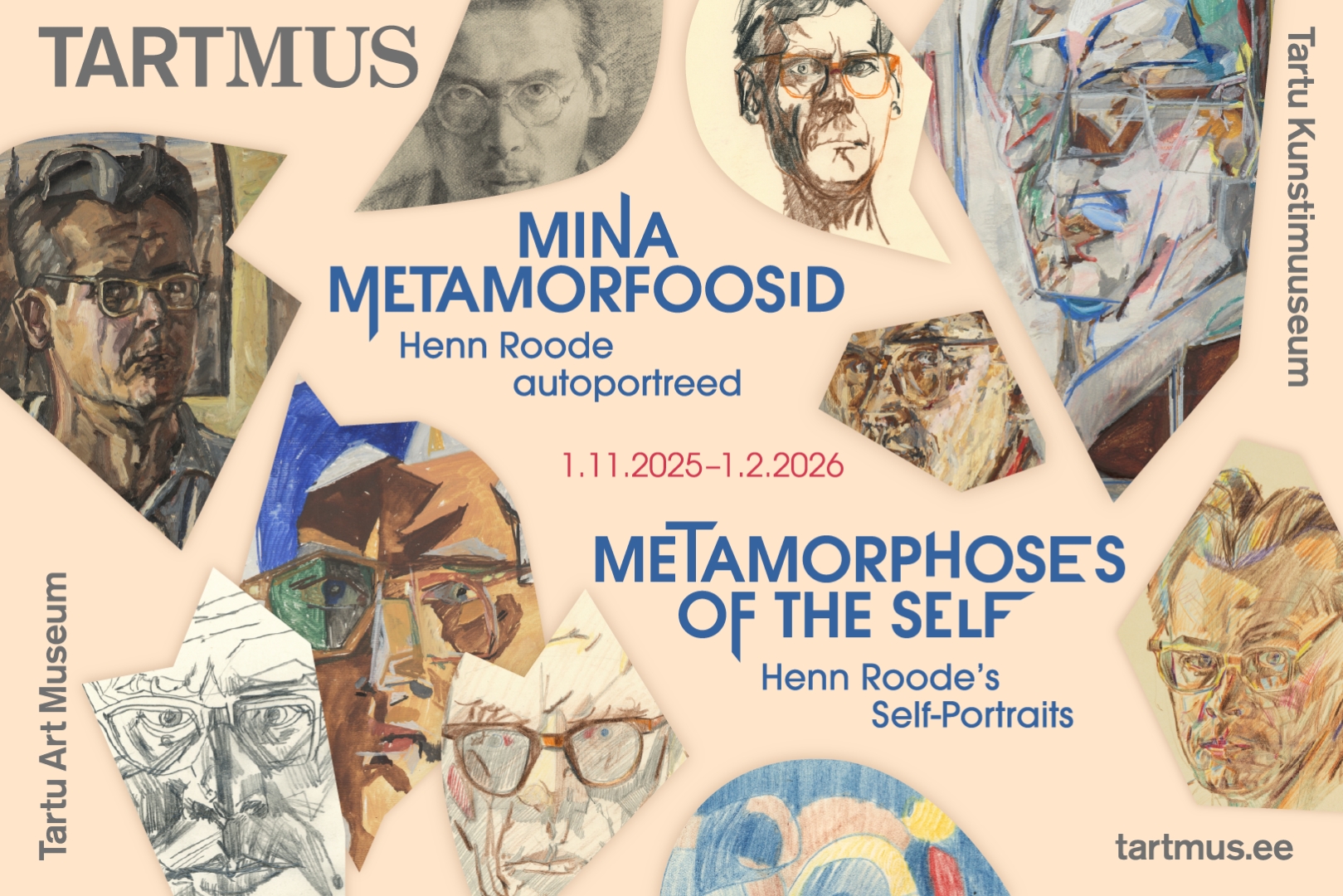Having studied in the Tartu State Art Institute (1944–1949) and later the State Art Institute of the ESSR (1956–1959), Roode consistently painted self-portraits throughout his life, including while in a prison camp in Karaganda (1950–1956). The sheer number of his self-portraits, at least sixty paintings and one hundred and sixty drawings, is unique not only in Estonian but also in international art.
Although oneself is the most easily accessible and the least demanding model an artist can have, for Roode the self-portrait was also the starting point for experiments in form and content. Especially remarkable is the series of modernist self-portraits made from around 1965 onwards, whose radical deformations and independence from traditions of pictorial depiction reflect an almost scientific approach to both the face and the personality behind it. For Roode, a dyed-in-the-wool modernist, questions of form were always questions of content, and vice versa.
Next to Henn Roode’s self-portraits will be exhibited a selection of self-portraits from his schoolmates, artists who formed the so-called Tartu Circle. Of particular significance is the comparison of Roode’s works with the equally radical self-portraits of his friend Ülo Sooster. Many of the works on display are being shown to the public for the first time ever.
The works are provided courtesy of the artist’s family in both Estonia and Sweden, as well as from the collections of the Tartu Art Museum, the Art Museum of Estonia and several private collectors.
The exhibition is accompanied by a catalogue with articles on Henn Roode’s life and work, reflections on the artist by his daughter, and reproductions of a wide selection of Roode’s works.
Curator: Tõnis Tatar
Exhibition design: Peeter Krosmann
Graphic design: Katrin Nõu
Coordinator: Rene Kriisa




